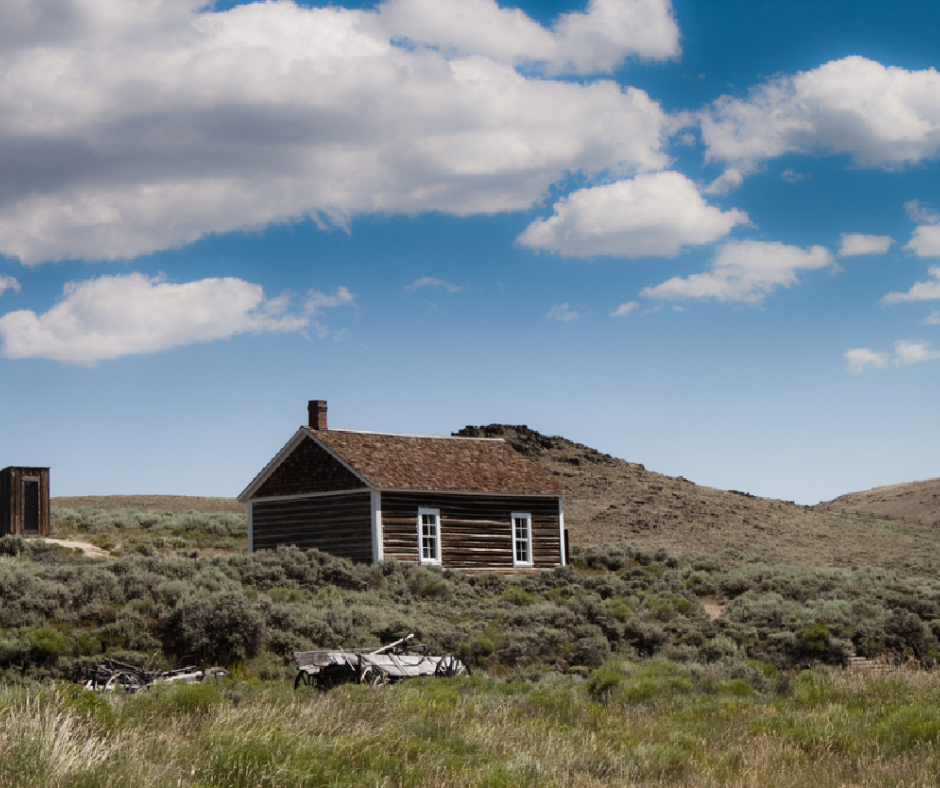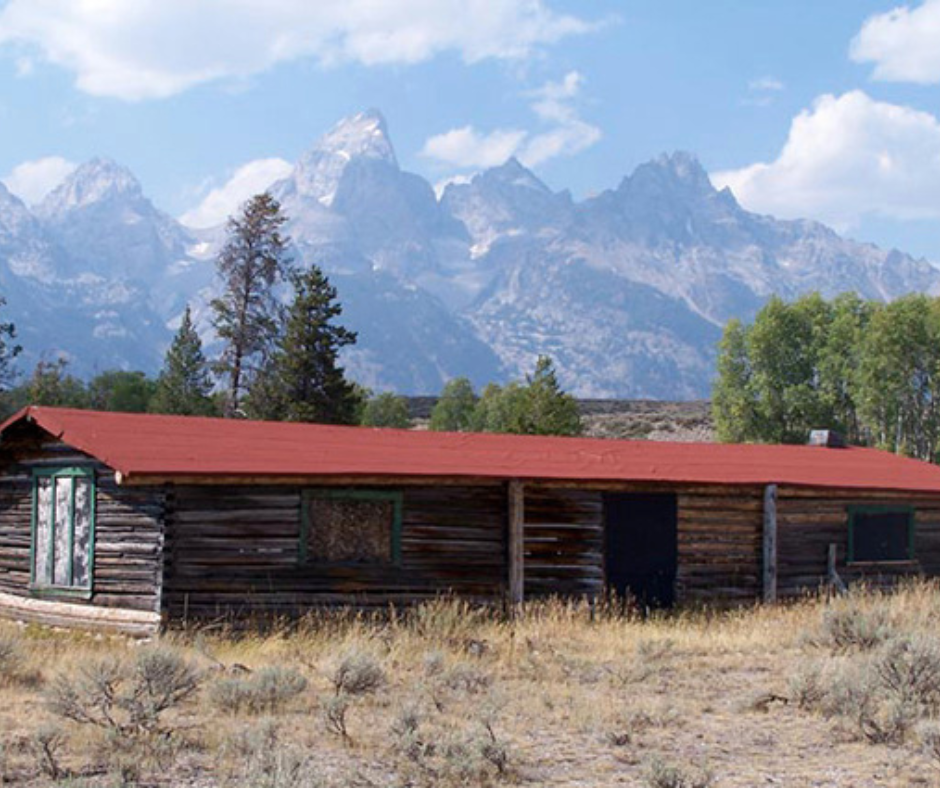
Lincoln Highway Association
After the merger with nonprofit Tracks Across Wyoming, The Alliance for Historic Wyoming became the official Wyoming state chapter of the Lincoln Highway Association. The Lincoln Highway was the first transcontinental highway in the United States, and it made cross-country travel more accessible than ever to Americans. The Lincoln Highway spurred the construction of many unique buildings and landmarks along the way. Many of these sites are now historic places listed on the National Register of Historic Places, such as the Fossil Cabin outside of Medicine Bow, Wyoming. Motels and gas stations with bold, Mid-century Modern designs are also common sights along the old Lincoln Highway in Wyoming. As Wyoming's official state chapter of the Lincoln Highway Association, the Alliance for Historic Wyoming will work to protect the remaining historic places and spaces associated with the Lincoln Highway throughout Wyoming.
Stories and Projects

The statue of the 16th president sits at the highest point on Interstate 80 between Laramie and Cheyenne

Most of us have at least heard of the Ames Monument. But how many of us have actually gone out to see it? AHW volunteer Katherine Kasckow tells the story of her first time visiting the pyramid on the plains.

The Fossil Cabin Museum on Highway 30, Wyoming was built in 1932, but its materials are much older. The cabin is constructed entirely out of dinosaur fossils.

The Alliance for Historic Wyoming (AHW) officially merged with a different Wyoming nonprofit organization, Tracks Across Wyoming, in the summer of 2017. Tracks Across Wyoming was Wyoming’s state chapter of the Lincoln Highway Association and was devoted to education about the history of the Interstate 80 transportation corridor across southern Wyoming, celebrating the National Historic Trails, the railroad, Lincoln Highway, and even aviation history. The new Tracks Across Wyoming initiative will expand the former Historic Landscape Initiative’s focus on historic landscapes and trails to include Wyoming’s historic transportation corridors. The initiative will be featured in a number of programs and stories. Look for the logo on the bottom of the page on upcoming stories!
For more than two decades, Tracks Across Wyoming (Tracks) has promoted historic preservation and cultural tourism along the historic transportation corridor of southern Wyoming. The impetus for the formation of Tracks Across Wyoming was the brief revival of Amtrak service in Wyoming in 1994. Charter members came from the six counties in southern Wyoming — Laramie, Albany, Carbon, Sweetwater, Uinta, and Lincoln. To help visitors find and explore the historical treasures of the corridor, Tracks created a website that lists festivals and events throughout the corridor and produced an audio tour of the corridor. From this background, the new Tracks Across Wyoming will draw inspiration for future programs and preservation stories.

SPACE is one of Wyoming’s defining characteristics.
To each resident, it bestows a legacy of open landscapes and endless vistas. Where the casual visitor sees emptiness, most Wyomingites see a land teeming with life, memory and purpose. Across those spaces is written the history of our great state – the tepee rings and signature rocks; the enduring ruts of the historic emigrant trails and abandoned, sun-burned homesteads; the played out mining camps and outlaw hideouts. While there are obviously literal "tracks" across Wyoming in the form of railroad tracks, wagon ruts, and paved roads, tracks can more widely be understood as something left behind by someone or something that has passed through. In a way, all historic and cultural landscapes contain tracks - the evidence of someone who came before.
Wherever we are, Wyoming’s landscapes connect us to our past.

What makes a landscape cultural or historic?
Landscapes show evidence of the people who lived there and impacted the land. To determine whether something might qualify as a cultural landscape under NRHP criteria, you need to look at the linkages, the connective tissue that holds the landscape together. One of the issues to be considered is spatial organization. Where do things occur within the landscape? Organization does not have to be elaborate but it will show how humans have interacted with the area. Other things to consider are the circulation patterns (what binds the landscape together?), the topography, the vegetation (native or imported), water features (natural or manmade), the views and vistas (natural or manmade) and the land patterns (rigid or generic). One of the most difficult aspects in nominating a cultural landscape to the National Register is the fixing of defensible boundaries.
Protecting these special spaces is central to AHW’s mission. Working with land management agencies, we help ensure that these spaces can continue to tell Wyoming’s rich story to future generations. Our Tracks Across Wyoming campaign promotes innovative ideas for saving our cultural landscapes.

Protecting Cultural Landscapes
Working with land management agencies, we help ensure that these spaces can continue to tell Wyoming’s rich story to future generations. Our Tracks Across Wyoming campaign promotes innovative ideas for saving our cultural landscapes.


